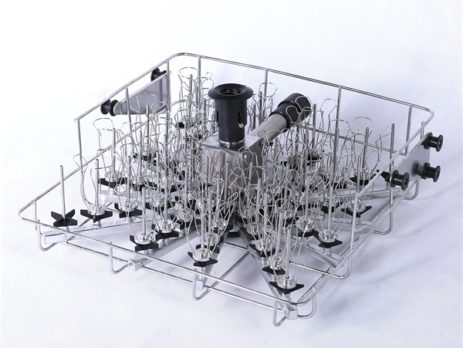Cleaning of glassware in laboratory installation environment
Cleaning of glassware in laboratory installation environment:
1. Cleaning of glasswares for laboratory environmental conditions:
The laboratory used to install the instrument should have a good external environment. The laboratory should be set up near a place without strong electromagnetic fields and strong heat radiation sources. It should not be built near equipment and workshops that generate severe vibration. Avoid direct sunlight, smoke, foul air and water vapor.
The internal environment of the laboratory should be kept clean, the indoor temperature should be controlled at 0-40 ° C, and the relative humidity of the indoor air should be less than 70%.
2. Laboratory equipment conditions:
The volume of the main unit of the instrument is 760m × 980m × 1100m (length x width x height). The distance between the bottle washing machine and the wall should not be less than about 0.5 meters for your operation and future maintenance.
The laboratory should be installed with tap water (it is also possible to have a tap, the same as a fully automatic washing machine). The tap water pressure is not less than 0.1MPA. If you need 2 times of pure water cleaning, you need to provide a pure water source (a bucket of 60L or more) The instrument has been configured with a booster pump to feed water. The instrument is shipped with 4 inner water pipes.
3. Laboratory power distribution requirements:
The laboratory shall be equipped with AC 220V, and its incoming wire diameter shall not be less than 4mm2. Requires matching single-phase air protection switch, capacity 32A.
4. Instrument requirements:
(1) Two water sources need to be provided: tap water, pure water buckets or pipes.
(2) It is required to have a drain near the instrument. The drain is the same as the drain pipe of the washing machine. The length of the drain pipe is 2m.
5. The instrument should be reliably grounded:
The ground wire is recommended to be led out by a metal copper plate buried directly below 1m underground and connected to the ground wire end of the power supply incoming line.


